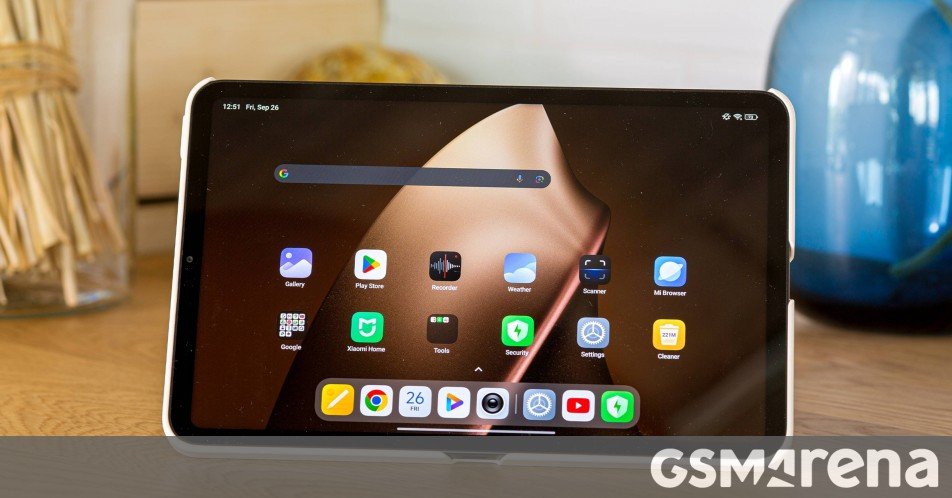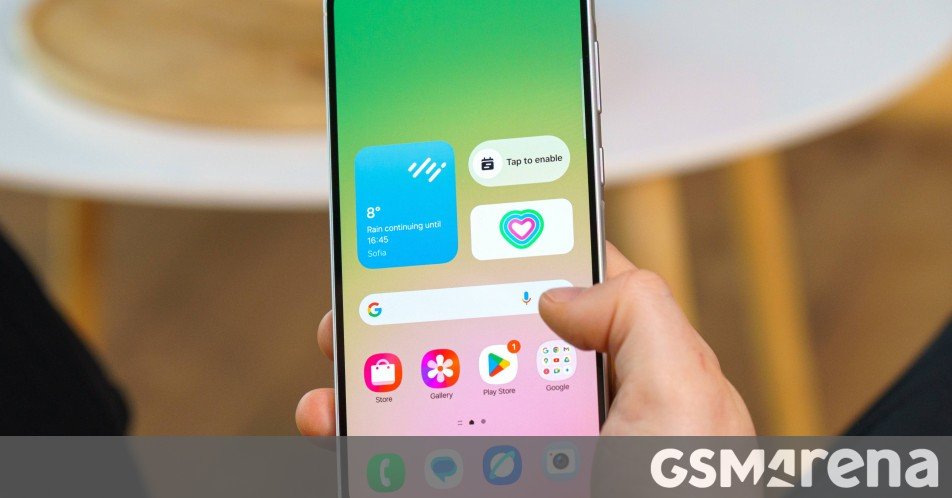
Our Xiaomi Pad Mini battery life and charging test
Before the Redmi Pad SE 8.7 launched, it had been several years since the last sub-9” tablet from Xiaomi. The company is now putting more effort into it with the release of the Redmi K Pad in China and its global launch as the Xiaomi Pad Mini.
We received a test unit – check out our unboxing and hands-on post for a closer look. This slate has an 8.8” IPS LCD (165Hz, 12-bit colors) and is powered by the outgoing Dimensity 9400+ flagship chipset.
But today we are interested in battery life and charge speed. The tablet runs on a relatively small 7,500mAh battery with support for 67W fast charging – our unit came with a 67W charger and a USB-A-to-C cable.

The Xiaomi Pad Mini came with a 67W charger and cable
The Xiaomi Pad Mini achieved a time of 13:39h in our Active use score test. That’s pretty impressive – the larger Xiaomi Pad 7 Pro (11.2” IPS LCD, Snapdragon 8s Gen 3, 8,850mAh) only managed just over 10h.
The RedMagic Astra is closer in size – it has a 9.06” LTPO OLED display and a Snapdragon 8 Elite chipset. Its battery is larger at 8,200mAh, which was enough for only just over 11h.
Once the battery was empty, it was time to plug in the charger. After 15 minutes, the Xiaomi Pad Mini reached 31% charge – that’s not an impressive start (unless you are comparing it to an iPad) and RedMagic’s 80W system pulled ahead, despite having 700mAh more capacity to fill.
By the 30 minute mark, the tablet was at 57% – this is within the margin of error from the official number (58% in 30 minutes). A full charge took exactly one hour.
Here is a good example for why you can’t just look at the watt rating. The RedMagic Astra with an 8,200mAh battery and 80W charging was ahead of the Xiaomi Pad Mini at the 15 min and 30 min check-ins, but it was slow in the final stretch. In the first 30 minutes, it went from 1% to 69%, then it took a bit over 30 more minutes to go from 69% to 100%. The Xiaomi tablet was actually 3 minutes faster for a full charge.
Also, the RedMagic Nova, a 10.9” tablet, used the same 80W system to beat its smaller sibling by 5 minutes, despite having a larger 10,100mAh battery to fill (that’s 1,900mAh more than the Astra). Again, the last 30-40% have the biggest impact on the time it takes to achieve a full charge.
Back to the Xiaomi Pad Mini – while it’s not the fastest off the start, it catches up and even passes some of its competition if you go for a 100% charge. Also, since it is more efficient (look at that Active use score), it can go longer between charges too.


The Xiaomi Pad Mini has two USB-C 3.2 ports
Here’s something interesting that we haven’t touched on yet – the Pad Mini has two USB-C ports! You can use one to plug in power (it supports data too). The other is a DisplayPort 1.4, so you can connect an external display or a USB hub with HDMI and extra USB ports – this is the port on the long side. This same port also offers a convenient location to plug in external power so that you can charge while gaming. With single-port models, the USB-C port is usually on the short side, but that means that the USB cable gets in the way of you holding the tablet comfortably.
The tablet also supports 18W reverse charging, so you can use it to top up your phone. This is also enough to run a portable USB-C monitor without external power – of course, plugging in a power bank in the other USB port is a trivial way to extend the run time. More tablets should have two USB ports, don’t you think?







